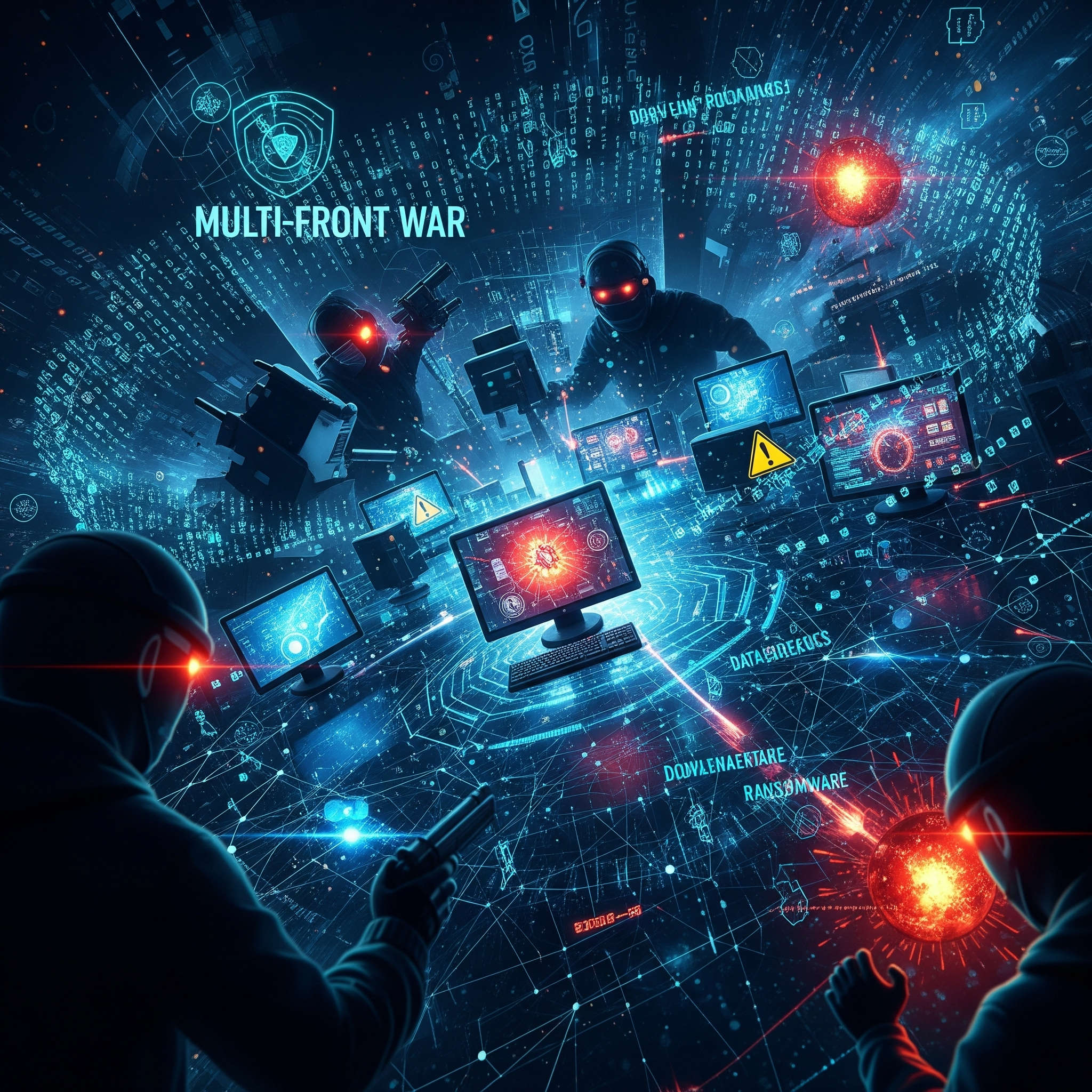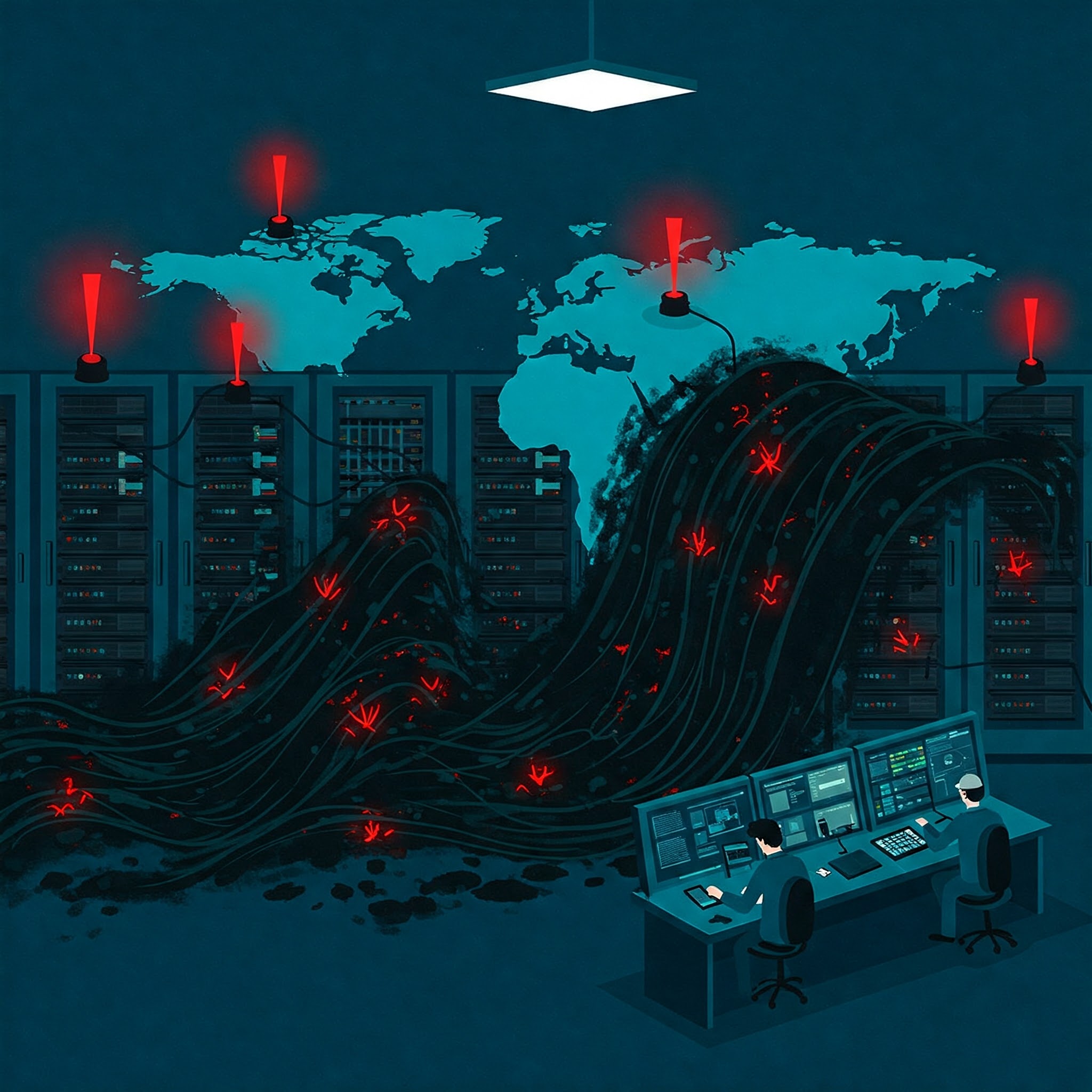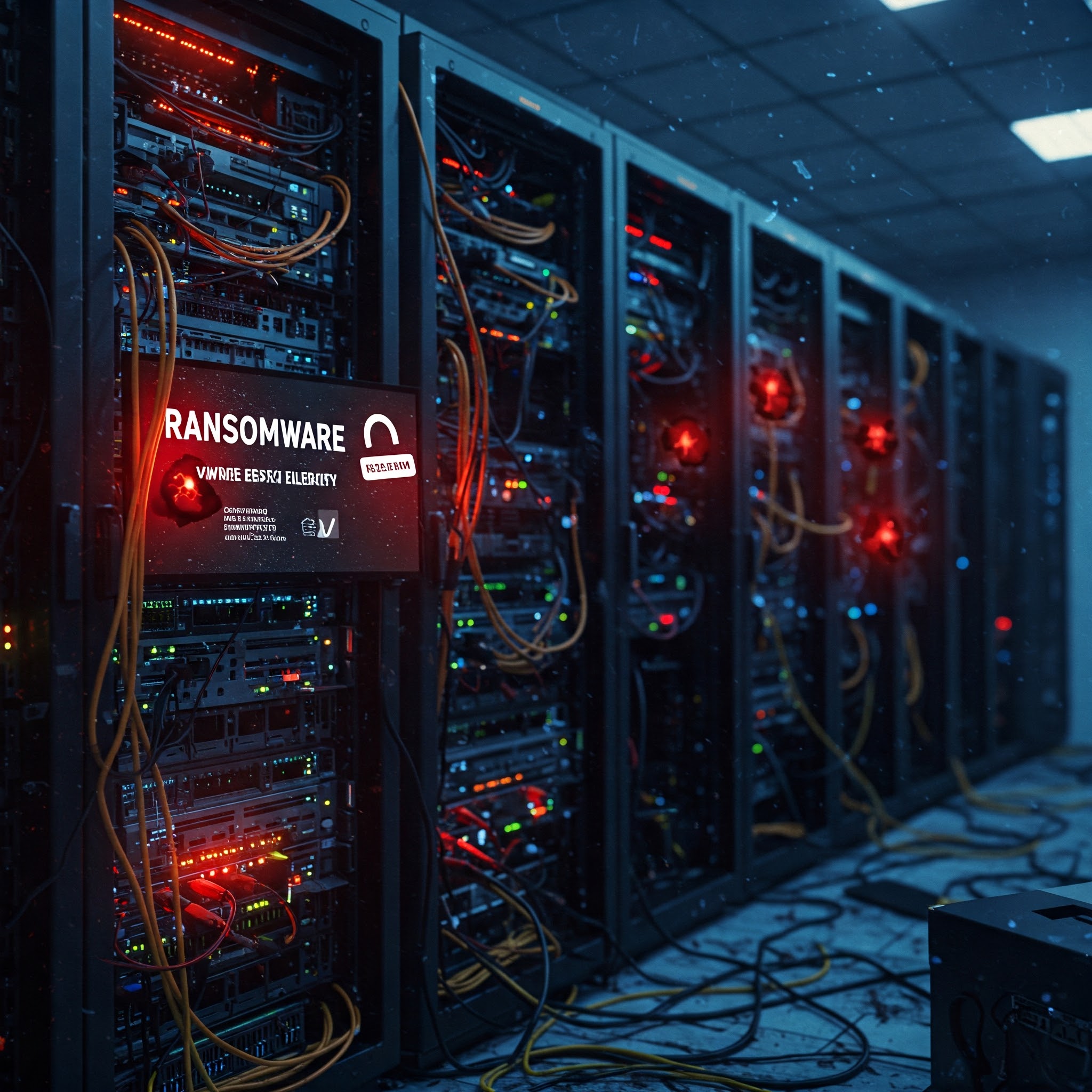June 19th, 2025, saw a convergence of significant cyber security events, highlighting a multi-front war in cyber security and the evolving sophistication and breadth of cyber threats. While pinpointing a single “biggest” story is subjective, the widespread and impactful nature of the following incidents makes them collectively the most significant development:
The Rise of Advanced, Multi-Stage Attacks:
Several reports highlight the increasing complexity of cyberattacks. We’re seeing a move beyond simple ransomware deployments or data breaches. Attackers are using sophisticated multi-stage campaigns involving multiple techniques, such as:
- Rust-based malware: The “Myth Stealer” malware demonstrates the use of Rust for enhanced evasion capabilities, making detection more difficult. This highlights the continuous arms race between attackers and defenders.
- Phishing-as-a-Service (PhaaS): The prevalence of PhaaS kits, especially Tycoon 2FA, signifies a shift towards readily available, sophisticated attack tools, lowering the barrier to entry for malicious actors.
- Exploitation of legitimate services: The use of Microsoft Teams for phishing, Cloudflare Tunnels for payload hosting, and legitimate cloud platforms to distribute malware demonstrates the increasing exploitation of trusted platforms. This underscores the importance of secure configurations and robust security practices within organizations.
- Targeting multiple sectors: Cyberattacks were reported against healthcare (Episource breach), the food industry (United Natural Foods), and various other organizations, demonstrating the non-discriminatory nature of cybercrime, and the vulnerability of numerous sectors to advanced and well-resourced attacks.
Vulnerabilities and Patches:
Several critical vulnerabilities were patched in widely used software:
- Citrix NetScaler: Patches were released for critical and high-severity vulnerabilities, highlighting the constant need for updates and vigilance.
- Linux: Newly discovered flaws allowing root access underscore the importance of keeping operating systems up-to-date and secure.
- Veeam and BeyondTrust: Patches were released for vulnerabilities that could be exploited for remote code execution, highlighting the need for regular security patching across all software.
- Chrome: Google released an update addressing two high-severity vulnerabilities in the Chrome browser, demonstrating the continuous fight to secure widely used software.
The Growing Role of AI:
- AI-powered attacks: While not explicitly detailed in the reports, the overall trend shows an increasing use of AI by attackers in improving malware evasion techniques, phishing efforts, and attack automation.
- AI in defense: The $200 million OpenAI contract with the Department of Defense underscores the growing role of AI in cybersecurity defense, creating a technological battleground between AI-powered attackers and AI-driven defense systems.
Geographically Dispersed Campaigns:
The news features coordinated global efforts against cybercrime, like Interpol’s Operation Secure, and the international cooperation in shutting down the Archetyp dark web drug market. This illustrates the global reach and nature of cybercrime, requiring international cooperation for effective countermeasures.
Data Breaches: The numerous data breaches reported—affecting millions of individuals across healthcare, retail, and other sectors—highlight the continuing problem of data security, and the ever-increasing volume and severity of data loss and compromise.
Conclusion:
The cybersecurity landscape of June 19th, 2025, presents a complex picture of persistent threats and ongoing efforts to counter them. The multifaceted nature of the attacks, involving advanced malware, the exploitation of legitimate services, and a growing role for AI, underscores the need for a multi-layered approach to cybersecurity. This includes proactive patching, robust security practices, employee training, and the adoption of advanced security technologies—including AI-based defenses—to stay ahead of the curve. The global nature of the problem requires international cooperation and shared intelligence to effectively combat these sophisticated threats.




